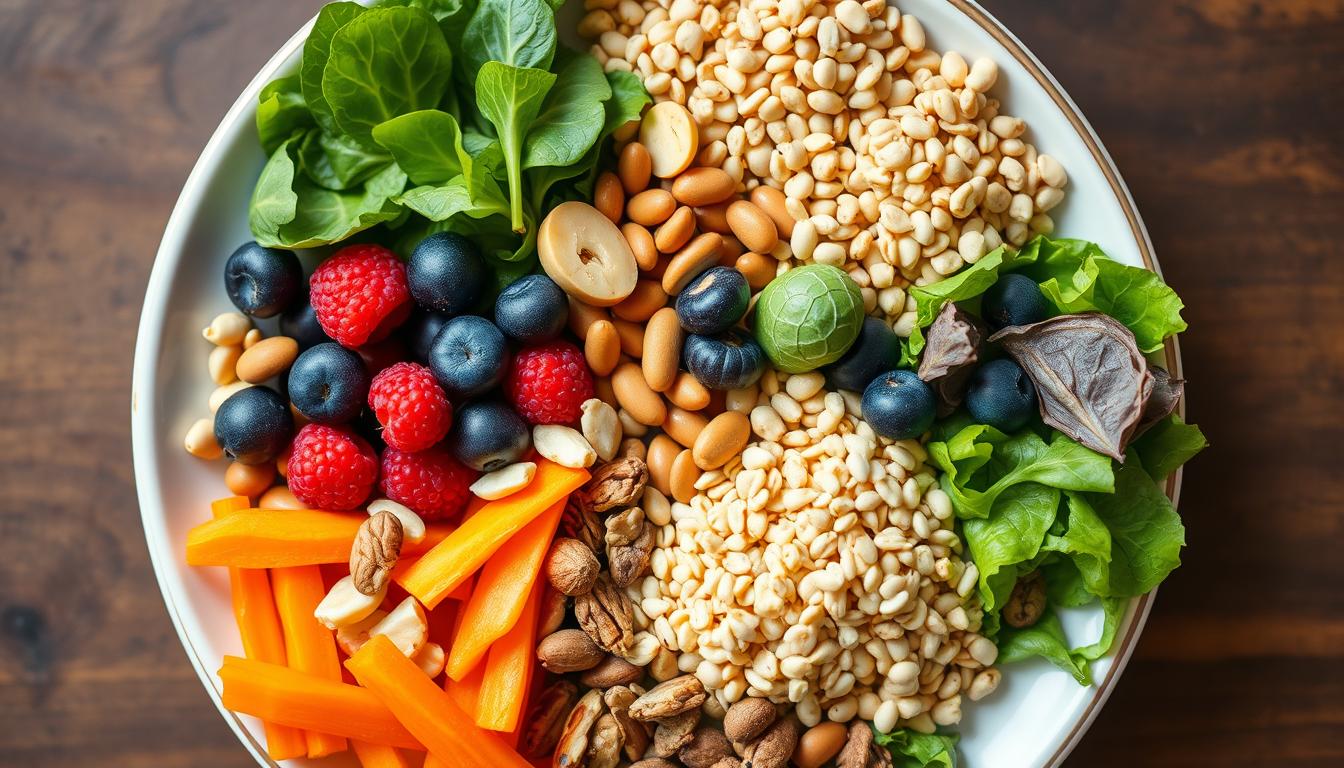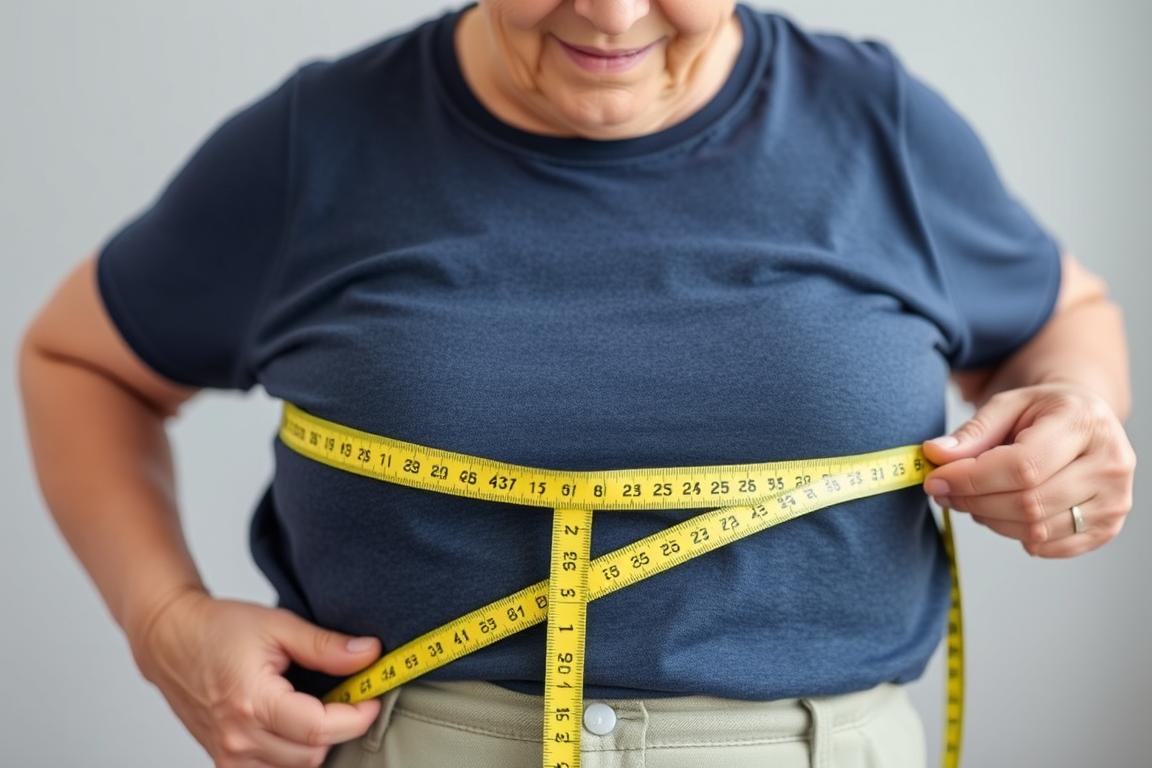Why Weight Loss Changes After 50
Physiological changes that affect weight management after 50.
Understanding the physiological changes that occur after 50 is crucial for developing effective weight management strategies. These changes aren’t simply excuses—they’re biological realities that require specific approaches.
Muscle Loss Accelerates
After age 50, we typically lose 1-2% of muscle mass per year in a process called sarcopenia. According to research from the American College of Sports Medicine, by age 50, you’ve already lost about 10% of your muscle mass compared to your younger years. This matters tremendously because muscle tissue burns more calories than fat tissue, even when you’re at rest.
A study published in the Journal of Clinical Endocrinology & Metabolism found that each pound of muscle burns approximately 6 calories per day at rest, compared to only 2 calories for fat tissue. This means that as you lose muscle, your resting metabolic rate decreases, making weight management more challenging.
Hormonal Shifts
For women, menopause brings significant hormonal changes, particularly a decrease in estrogen. Research from the Mayo Clinic shows that these hormonal shifts can lead to increased fat storage, especially around the abdomen. For men, declining testosterone levels can reduce muscle mass and increase fat accumulation.
“The hormonal changes after 50 don’t just affect where fat is stored—they actually change how your body responds to diet and exercise interventions.”
Metabolic Changes
Contrary to popular belief, research published in 2021 in the journal Science suggests that metabolism doesn’t automatically slow with age. The study found that metabolism actually holds steady from ages 20 to 60, then declines by about 0.7% per year after 60. However, this assumes muscle mass remains constant—which it typically doesn’t without intervention.
Science-Backed Strategies for Sustainable Results
Now that we understand why weight loss becomes more challenging after 50, let’s explore evidence-based approaches that address these specific changes.
1. Prioritize Muscle Preservation and Building
Strength training becomes non-negotiable after 50. A landmark study published in the journal Obesity enlisted 249 people over 60 to compare different weight loss approaches. The group that combined calorie reduction with strength training lost more fat (18 pounds) and less muscle (only 2 pounds) than those who did aerobic exercise or diet alone.
Action Step: Incorporate strength training 2-3 times per week, focusing on all major muscle groups. Start with bodyweight exercises if you’re new to strength training, then progress to resistance bands or weights.
Research published in Sports Medicine shows that women over 50 benefit just as much from strength training as men do. Aim for exercises that work multiple muscle groups simultaneously, such as squats, lunges, push-ups, and rows.
2. Optimize Protein Intake
Adequate protein intake becomes increasingly important after 50. A study published in The American Journal of Clinical Nutrition found that a diet higher in protein was associated with less loss of muscle mass over three years in older adults.
| Age Group | Recommended Protein Intake | Good Sources |
| Under 50 | 0.8g per kg of body weight | Lean meats, fish, eggs, legumes |
| Over 50 | 1.0-1.2g per kg of body weight | Same sources, with emphasis on leucine-rich foods (dairy, eggs) |
| Active adults over 50 | 1.2-1.5g per kg of body weight | Same sources, with strategic timing around workouts |
Another study suggests that eating equal amounts of protein at all three meals boosts muscle strength in adults over 67, rather than consuming most protein at dinner as many Americans do.
3. Focus on Fiber and Nutrient Density

As we age, our calorie needs decrease slightly, but our nutrient requirements remain the same or even increase. This makes nutrient density—the amount of nutrition per calorie—critically important.
Research published in the Journal of Nutrition found that higher fiber intake is associated with lower body weight and less weight gain over time. Fiber helps create satiety, slows digestion, and supports a healthy gut microbiome.
High-Fiber Foods to Emphasize:
- Berries (raspberries, blackberries)
- Leafy greens (spinach, kale)
- Cruciferous vegetables (broccoli, cauliflower)
- Legumes (beans, lentils, chickpeas)
- Whole grains (oats, quinoa, brown rice)
Nutrient-Dense Proteins:
- Fatty fish (salmon, sardines)
- Eggs
- Greek yogurt
- Lean poultry
- Plant proteins (tofu, tempeh)
Get Your Personalized Meal Plan
Download our 7-day meal plan specifically designed for adults over 50, featuring high-protein, fiber-rich meals that support metabolism and muscle maintenance.
4. Prioritize Sleep Quality
Sleep deprivation has a direct impact on weight management. Research published in BMJ Open Sport & Exercise Medicine found that sleep-deprived participants not only ate more the next day but also reached for higher-calorie foods.
Poor sleep affects the hormones that regulate hunger (ghrelin) and fullness (leptin), making you more likely to overeat. Additionally, inadequate sleep raises cortisol levels, which can promote fat storage, particularly around the abdomen.
Action Step: Aim for 7-8 hours of quality sleep. Create a consistent sleep schedule, limit screen time before bed, keep your bedroom cool and dark, and consider relaxation techniques like deep breathing if you have trouble falling asleep.
5. Manage Stress Effectively
Chronic stress triggers the release of cortisol, which can increase appetite, particularly for high-calorie comfort foods, and promote fat storage around the midsection. A study published in Psychoneuroendocrinology found that women with higher chronic stress had more visceral fat—the dangerous type that surrounds organs.
Effective Stress Management Techniques:
- Daily meditation (even 5-10 minutes)
- Gentle yoga or tai chi
- Nature walks
- Deep breathing exercises
- Journaling

A Simple, Nutrient-Dense Recipe

Spinach & Egg White Frittata (Serves 2)
Ingredients:
- 6 egg whites
- 1 cup fresh spinach
- ¼ cup diced tomatoes
- 1 tsp olive oil
- Pinch of turmeric (anti-inflammatory)
Nutrition Per Serving:
- 90 kcal
- 14g protein
- 3g carbs
- 3g healthy fats
- High in vitamins A, C, K and folate
Instructions:
- Preheat oven to 375°F (190°C)
- Heat olive oil in an oven-safe skillet over medium heat
- Add spinach and tomatoes, cooking until spinach wilts (about 2 minutes)
- Whisk egg whites in a bowl and pour over vegetables
- Sprinkle with turmeric and a pinch of salt and pepper
- Cook for 2 minutes until edges begin to set
- Transfer skillet to oven and bake for 10-12 minutes until fully set
- Let cool slightly before slicing and serving
This protein-rich breakfast provides essential nutrients while supporting muscle maintenance and metabolism. The turmeric adds anti-inflammatory benefits, while the combination of protein and vegetables creates lasting satiety without excess calories.
Why This Recipe Works for Adults Over 50: High protein content supports muscle maintenance, while the nutrient-dense vegetables provide essential vitamins and minerals with minimal calories. The healthy fats from olive oil support hormone production and nutrient absorption.
How to Stay Consistent Without Extreme Diets
Consistency, not perfection, is the key to sustainable weight management after 50. Research in behavioral science offers valuable insights into creating lasting habits.
Set S.M.A.R.T. Goals
Studies show that specific, measurable goals lead to better outcomes than vague intentions. For example, “I’ll walk for 30 minutes after dinner four days this week” is more effective than “I’ll exercise more.”
| S.M.A.R.T. Component | Poor Example | Effective Example |
| Specific | Eat better | Include protein with every meal |
| Measurable | Exercise more | Walk 8,000 steps daily |
| Attainable | Never eat sugar again | Limit desserts to twice weekly |
| Realistic | Lose 20 pounds in one month | Lose 1-2 pounds per week |
| Time-bound | Start eating better someday | Begin meal prepping this Sunday |
Focus on Habit Stacking
Research from the field of behavioral psychology suggests that “habit stacking”—attaching a new habit to an existing one—increases success rates. For example, doing five minutes of strength exercises while waiting for your morning coffee to brew.
Action Step: Identify one existing daily habit and stack a small health-promoting behavior with it. Start with something so easy you can’t say no, then gradually increase the challenge.
Track Progress Beyond the Scale
Research published in the Journal of Obesity found that people who focused exclusively on weight as a measure of success were more likely to abandon their health goals than those who tracked multiple measures of progress.
Alternative Progress Measures:
- Energy levels throughout the day
- Quality of sleep
- Clothing fit
- Strength improvements
- Blood pressure and other health markers
- Mood and mental clarity

There is more to learn below
There are articles for you to learn from at our weightloss category below – including energy, sleep quality, strength gains, and more.
Embrace the 80/20 Principle
Research on dietary adherence consistently shows that perfectionism leads to failure. The 80/20 approach—focusing on nutritious choices 80% of the time while allowing flexibility 20% of the time—leads to better long-term adherence.
“The all-or-nothing mentality is the enemy of sustainable weight management. Consistency, not perfection, is what creates lasting results.”
Frequently Asked Questions
How much weight is realistic to lose after 50?
Healthy, sustainable weight loss after 50 typically ranges from 0.5-1 pound per week. This slower pace helps preserve muscle mass and is more likely to result in lasting changes. Focus on a total of 5-10% of your current weight as an initial goal, which research shows provides significant health benefits.
Should I avoid carbohydrates completely?
No, carbohydrates provide essential energy, particularly for physical activity. However, focusing on complex carbohydrates (whole grains, legumes, fruits, vegetables) rather than refined carbs (white bread, pastries, sugary drinks) supports better blood sugar control and satiety. Research from the Harvard School of Public Health suggests that quality of carbohydrates matters more than quantity for long-term health.
How does menopause affect weight loss?
Menopause typically causes a redistribution of fat toward the abdomen due to hormonal changes. Research published in the journal Climacteric shows that women may need to reduce caloric intake by about 200 calories per day after menopause to maintain their weight. Strength training becomes particularly important during this transition to preserve muscle mass and metabolic rate.
Can medications affect my weight loss efforts?
Yes, several medications commonly prescribed after 50 can impact weight, including some beta-blockers, antidepressants, and diabetes medications. A study published in Obesity found that more than 20% of adults in the United States take at least one medication that causes weight gain. If you suspect your medication is affecting your weight, consult with your healthcare provider about possible alternatives.
Conclusion: Small Changes, Significant Results
Losing weight after 50 naturally is absolutely possible when you work with your body’s changing physiology rather than against it. By focusing on muscle preservation, nutrient density, adequate protein, quality sleep, and stress management, you can create sustainable habits that support healthy weight management for years to come.
Remember that gradual, consistent progress leads to lasting results. Rather than seeking quick fixes or extreme approaches, embrace small, science-backed changes that you can maintain over time. Your body at 50+ has different needs than it did decades ago—honoring these changes is the key to successful weight management.
Get well and stay well,
Ray.

